Our Village
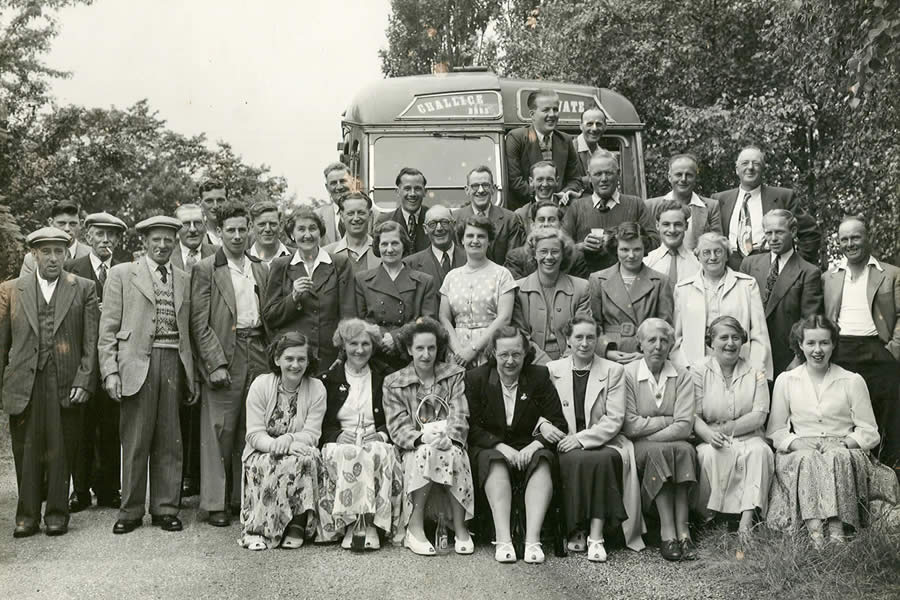
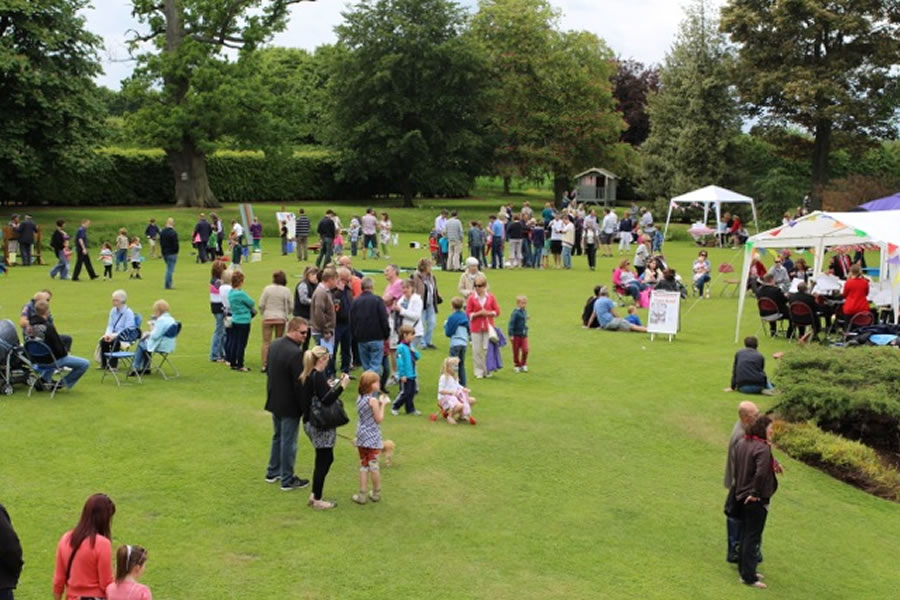
The village has an ancient Parish Church, All Saints Church together with a Methodist Church and United Reformed Church
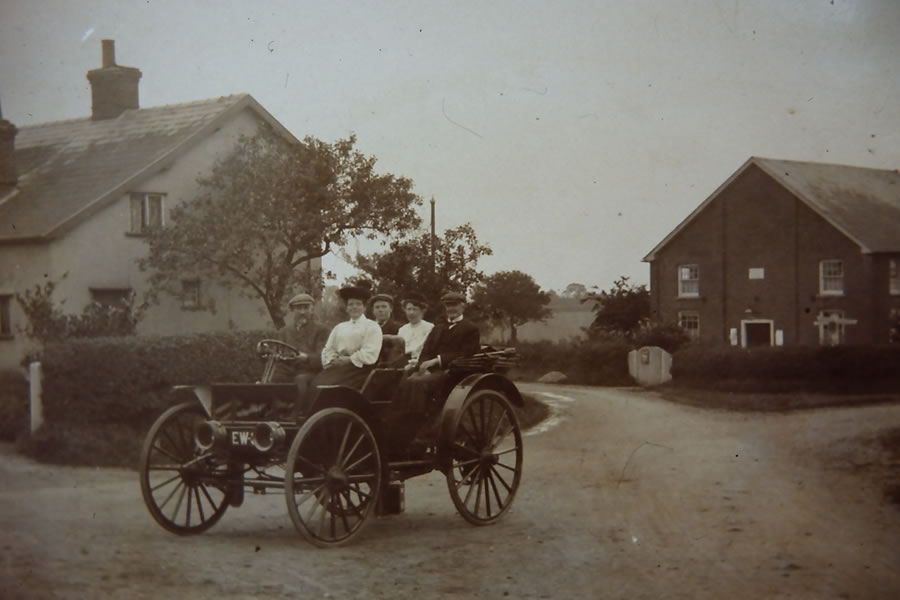
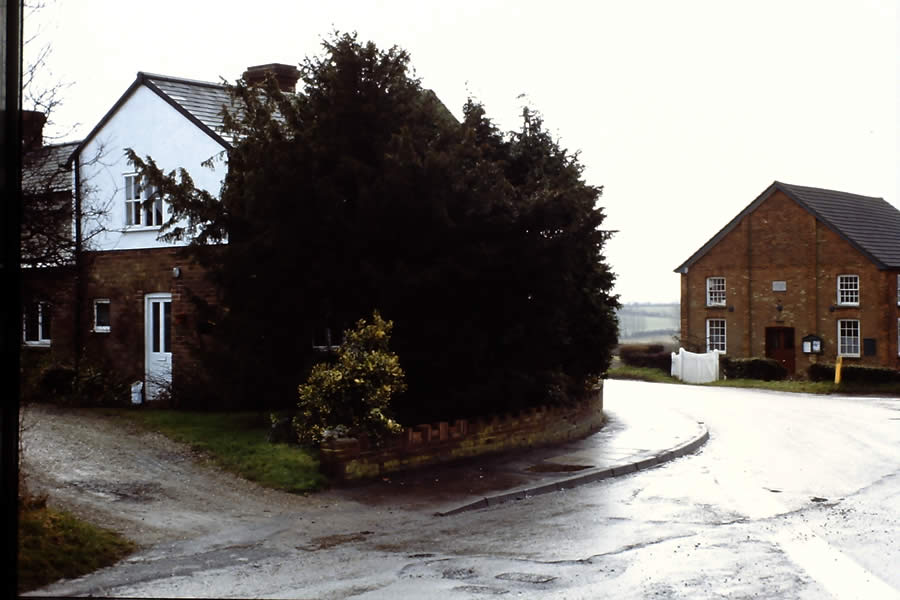
Our Village Sign …
On Saturday 13th July 2002, the day of the village carnival, the Wickhambrook Village Sign was unveiled.
The following information was written by Peter Miller – (previous Clerk to the Parish Council) and was taken from our local magazine, The Scene (September 2002) with further information provided by Colin Bird – (village Postman for many years), again taken from the Wickhambrook Scene (November 2002).
Design and Construction …
To start with the sign maker had discussions with the Parish Council, spoke to a number of residents with historical knowledge of the area and toured the village to get a feel for it. He then produced outline drawings of his ideas for the sign.
Once there was a degree of agreement he turned the drawings into full colour paintings. A number of drawings and paintings were produced but finally a design was settled on and manufacture could start.
First the sign maker carved a full size model of the sign in plaster. This was sent to the casters who used it to form a sand mould into which molten metal was poured. Once this had cooled and hardened it was cleaned up and returned to the sign maker. He then hand-painted the sign and weather proofed it. Finally it went to the frame maker to be installed in its scrollwork frame so completing the sign ready for mounting on its post.
Peter Miller
What does the Sign depict?
The mill, no longer with us, represents those which were in Mill Lane and at Thorns Corner and the thatched cottage one of many such in the village.
The harvester represents the arable content of most of the village farms and the waterway, with its wildlife, the village stream and the many ponds that there used to be and the few that are left.
On the bottom panel, the house in the background represents the manor houses of the village and the playing field our eleven village greens with the cricket team which, although not active at the moment, dates back to the 1800’s.
Judging by the handcuffs hanging over his arm, the gentleman with the top hat and pint probably represents the local constable, the village had its own until 1973, or the beadle of the poorhouse or maybe both.
The bar between the panels depicts the leaves and fruit of the trees common to the village with, at its centre, stonemasonry which can be seen in the church. Finally the masks of comedy and tragedy at the top of the sign represent Wickhambrook’s tradition of pantomime.
The bottom panel depicts the School with the children, particularly the one with the hoop, indicating the school’s Victorian heritage.
The post box, dating from 1859 and the only one of its kind in the British Isles, is still to be seen at Boyden End although, unlike the one on the sign, it is no longer in use.
The centre bar repeats the tree theme and the crown at the top represents the visit of Princess Anne to the village in 1979.
I think that about covers it but the more you look at the sign the more detail you see so I have probably missed something. If you identify anything else, or if you disagree with my interpretation, please let me know via the Webmaster.
Peter Miller
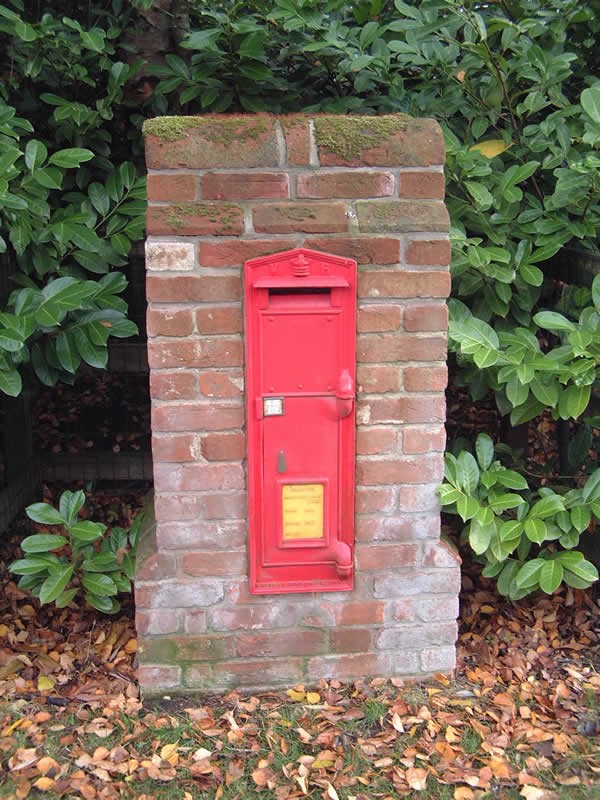
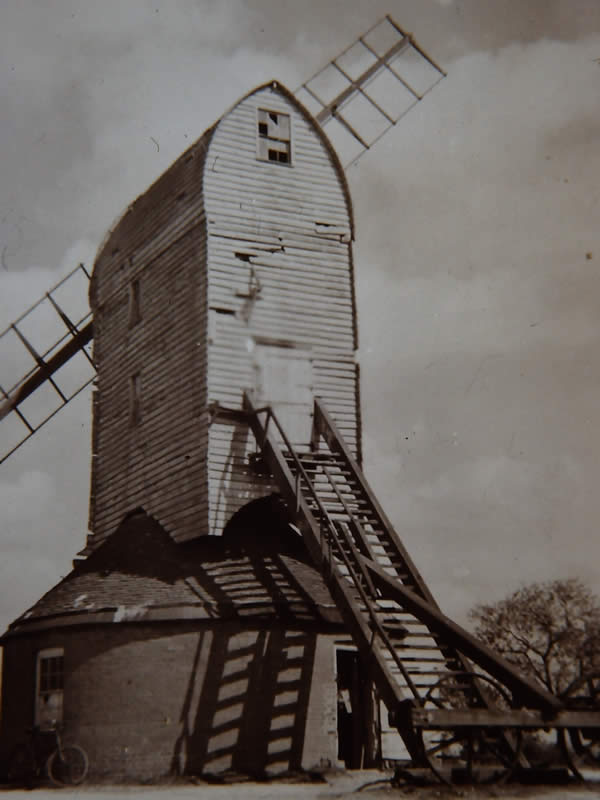
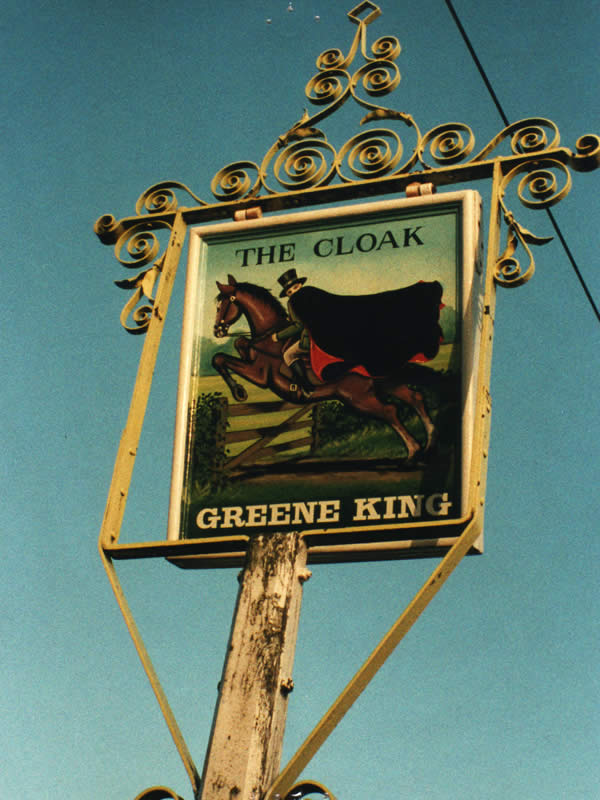
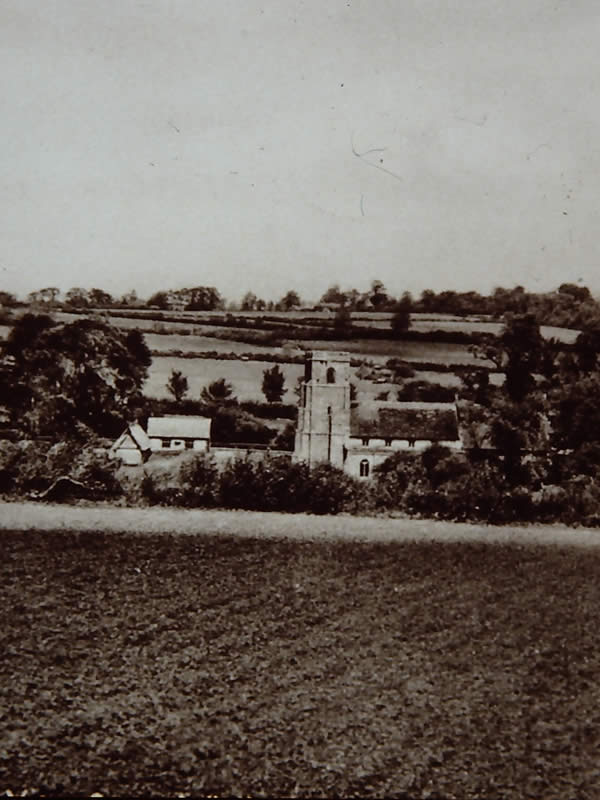
… more information
As a member of the Parish Council when the project was started some years ago, I was pleasantly surprised to see that in fact the original design that had been agreed upon then, had not been changed in any way, and I wondered if I might be allowed to add a few things to the then Parish Clerk’s interpretation of what the sign depicts.
First of all, everything on the sign is there for a reason and was the result of a good deal of consultation and thought. Water is quite prominent because of course the Brook is inherent to our village, and is incorporated in its very name. Likewise the moated manor houses and ponds, some of which have been long filled in.
It’s interesting to note that the specific reason for the Kingfisher being present, was that at the time there was an almost daily sighting of one of these brilliant little birds, practicing the fishing technique at The Wash, and was written about at the time in the Scene. This was a significant event because it meant that there must have been an abundance of food in the brook, which itself indicated pollution free water.
The friezes dividing the top and bottom scenes containing fruit, are in recognition of the very important role that Justin Brooke’s fruit farms played in the development of the village.
The oak tree seen in the background between the Cloak and Greyhound pubs, is in memory of the avenue of ancient oaks that once swept down to the rear, and to the lesser extent to the front of Badmondisfield Hall. Imagine the events that those trees must have witnessed over the centuries, and what a colossal act of vandalism in their felling.
Finally the crown does indeed depict Princess Anne’s visit to the Riding for the disabled establishment in 1979, but it also commemorates the visit to the School of King George V in 1912, an event of huge magnitude at the time.
Colin Bird


